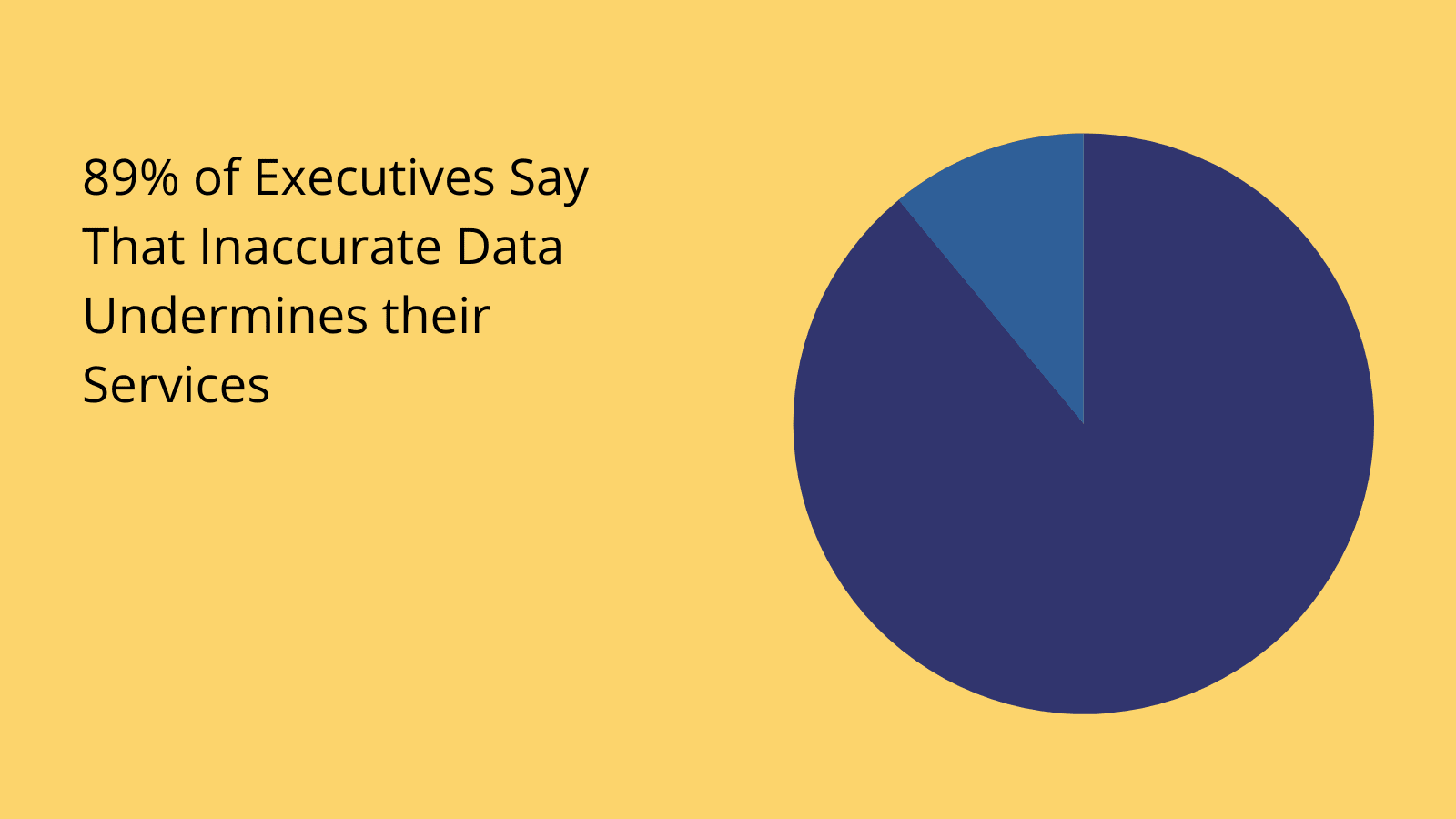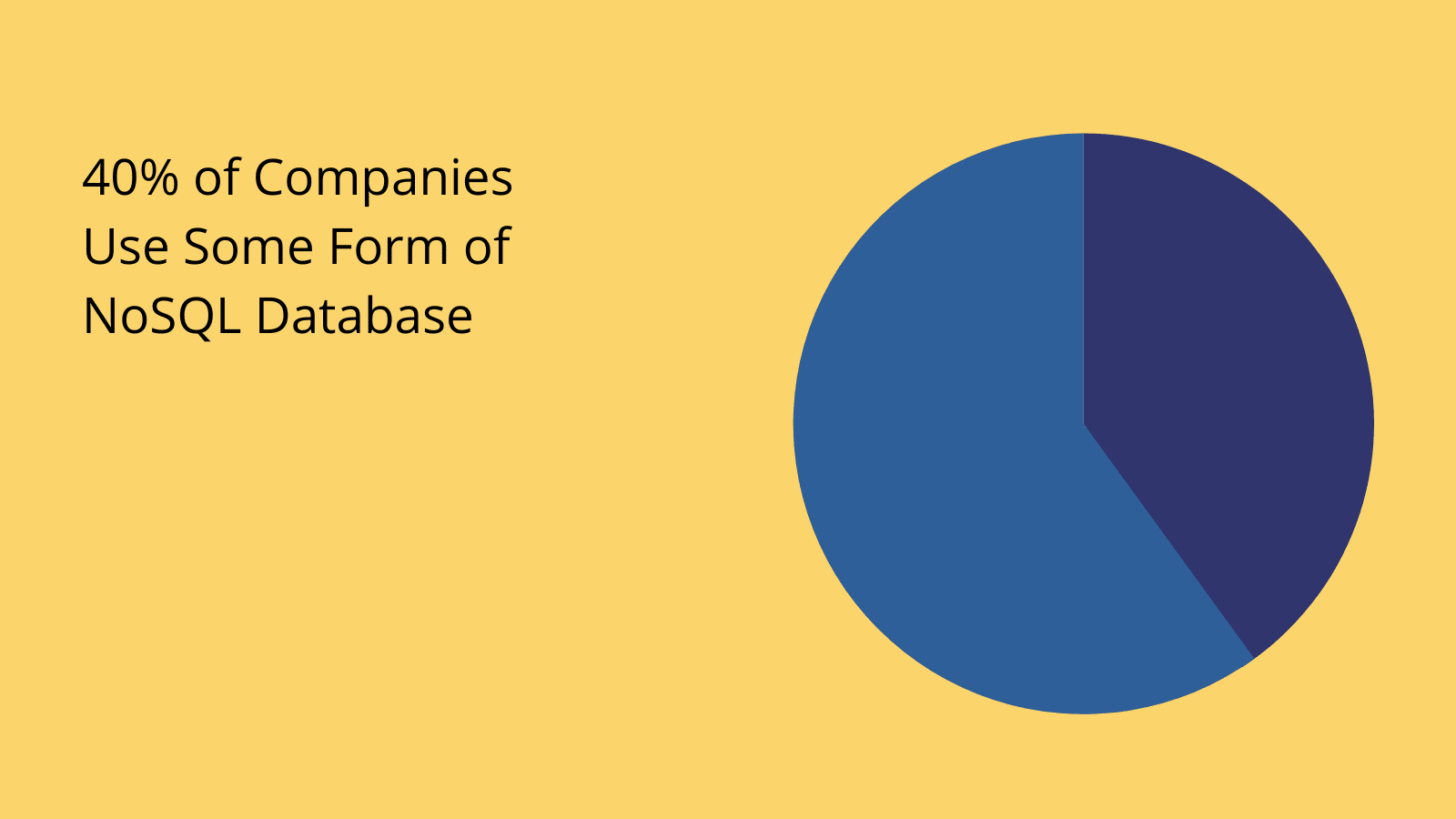What is Unstructured Data Management?
Managing unstructured data is becoming an increasingly important challenge for companies of all sizes. See, the types of information that business store - and the way they handle it - has changed massively over the past couple of decades.
A huge part of this has been the simultaneous rise of big data, NoSQL, and cloud storage solutions.
In sum, this means that there’s a greater need for unstructured data management than ever before.
Today, we’re diving deep into how managing unstructured data looks in the real world.
We’ll kick off by getting a clear picture of what we mean when we say unstructured data - and how this differs from some of the more traditional data management solutions that you might be familiar with.
Then, we’ll think about some of the practical challenges that this presents, how you can overcome them, and some of the techniques and tools we can use to leverage unstructured data in common workflows.
Let’s jump right in.
What is unstructured data?
Unstructured data is information that isn’t stored in a rigid tabular format - as it would be in a SQL database or a spreadsheet. Of course, any time we define something by what it isn’t - this still leaves us with plenty of room for ambiguity.
This is part of the value of unstructured data, in the sense that we could be dealing with just about anything - including textual data, images, other media and files, sensor outputs, audio, or any other kind of data.
However, the word unstructured is a little bit misleading.
The thing is unstructured data will always have an internal structure. The difference is that this isn’t predefined or rigidly imposed by the data storage tools themselves. Rather, it’s more flexibly defined - often by human users or machine generation.
Even if you jotted a bunch of values down in a text file, this would have its own structure - although it would likely be poorly defined and amenable to change.
So - how is unstructured data structured?
We can think about a few common types of storage. Examples of unstructured data include:
- Object stores.
- Key/value pairs.
- Internet-of-things and analytics data.
- Rich media.
- Geospatial data.
- Natural language processing (NLP)
- Analog data.
- Document and file-based stores.
To understand this better, let’s think about how unstructured data differs from the data management tools that you’re more likely to be familiar with.
Structured vs unstructured data management
For context, we’ll need to get a clearer picture of what structured data actually is. As we alluded to earlier, structured data is characterized by a rigidly imposed - normally tabular - structure that’s imposed by the platform that we use for storage.
This might be a traditional relational DBMS - or even just a spreadsheet tool.
Tabular means that our data can be represented in tables. In other words, data is formatted around clearly defined columns and rows. Columns are the attributes we can store about a particular entry, while rows are the entries themselves.
This structure does not vary between individual data objects with a table. So, each row has the same fields stored against it - with the same rules consistently applied to all of these.
Therefore, structured data affords us a high degree of control, consistency, and regularity. This also makes data management relatively easy, since we can treat each row in exactly the same way, without needing to know anything more about the specific values relating to it.
Unstructured data works quite a bit differently.
The easiest way to illustrate this is by thinking about a document store database. This is a type of unstructured data storage that shares the concept of attributes being stored against individual entries - but handles it a bit differently.
Rather than every individual data object sharing the same attributes - they can each have unique combinations of data stored against them.
Therefore, we sacrifice some of the inherent consistency and ease of management we’d enjoy with a structured alternative. We also can’t readily represent this kind of data in a tabular format - since each row might have completely different columns.
You might also like our round-up of the top Retool alternatives.

(ThriveMyWay )
Let’s think about an example.
If we wanted to represent our customers with a structured database, we’d store the exact same information about our customers, even if some of these fields had null values.
So, maybe we’d have a table with each of our customers’ names, addresses, birthdays, and favorite colors.
In a document store, we might have different attributes for each customer. So, for Customer A, we might have a name, address, birthday, and favorite color. But - for Customer B, we might have this information plus a record of customer behavior relating to our social media posts.
And maybe Customer C would have entirely different information stored against them because it’s a business client, rather than a human individual.
Already, we’re beginning to hint at one of the reasons that unstructured data is useful.
So…
Why do businesses use unstructured data?
Unstructured data is actually vital for a whole range of modern business applications. This includes:
- Big data.
- Machine learning and artificial intelligence.
- Analytics.
- Internet of things.
- Server and application monitoring.
- Qualitative information processing.
- Communications.
- Real-time processes.
- Media management.
- Customer-facing workflows.
- Any other kinds of data that don’t fit into rigid, tabular structures.
But - underlying all of this - what are the more general benefits of unstructured data?
Let’s take a look.
Necessity
The most obvious benefit of unstructured data is that there are many situations where a tightly imposed structure is simply going to be unsuitable for properly representing whatever phenomena or objects we’re dealing with.
A good example of this is qualitative data - like our customer interactions.
So, every interaction will be unique - with our customers contacting us through different channels and in very different contexts.
Unstructured data enables us to accurately represent complex, real-world phenomena in a computable fashion.
Flexibility
Related to this is the idea of flexibility - our ability to adapt the format of our data to the requirements of the task at hand. Practically speaking, this can actually play out in a few distinct ways.
First, there’s altering the internal structure and information we store about individual objects over time. Or, flexibility could mean storing different attributes about different objects, as we’ve seen already.
Additionally, flexibility could mean empowering us to store data in a structure that can easily be transformed into different formats for specific tasks.
Centralization
Unstructured data is a central plank of all kinds of centralization, warehousing, and other cloud-based data transformation strategies. When we’re dealing with very large volumes of complex data, imposing a rigid structure quickly becomes problematic.
This is because, the larger our data set, the less likely it is to fit into neat formats.
Unstructured data is also the basis for a range of big data applications that rely on centralization, including natural language processing and other complex analytics use cases.
Cost-effectiveness
Unstructured data can also be much more cost-effective to store and manage than traditional tabular systems. Again, this effect is amplified when we’re working with valuable information at scale.
One element of this is the fact that unstructured data management solutions are often much more lightweight and portable. So, if we ran a data lake underpinned by these kinds of tools, we may incur a much smaller infrastructure footprint than with a traditional RDBMS.
Increased portability and scalability can also help us to reduce the relative costs of modifying or scaling our organizational data model.
Granularity
On the other end of the spectrum, the flexibility afforded to us by unstructured data management also helps us to represent objects with a much higher degree of granularity for creating valuable insights.
This relates back to the fact that we’re not bound to only store predefined values uniformly for each entry of a particular type. Rather, we can store attributes that are relevant to each individual entry.
So, we can represent each individual instance with the exact level of detail and granularity that’s required.

(EdQ )
Scalability
Finally, we have scalability. As ever, we’re dealing with two related issues here. First, there’s how we scale vertically by adding new instances of the same types of data. Second, there’s horizontal scaling - how we add entirely new data or additional attributes to existing objects.
Let’s think about each in turn. Unstructured data management enables vertical scalability by allowing us to store large volumes of information with comparatively direct or indirect costs.
Horizontal scalability is enhanced by greater flexibility to store unique information about individual data objects - allowing us to represent much more complex phenomena that would be possible with structured data.
Get the must-read stories for IT professionals, straight to your inbox.
Challenges for managing unstructured data
But, it’s important to remain cognizant that unstructured data isn’t appropriate in every context. In fact, structured management tools, like SQL databases and spreadsheets remain dominant for good reason.
So to get a clearer picture of whether or not unstructured data is a viable basis for specific use cases, we need to check out some of the potential challenges involved.
Here are some of the issues you’ll need to consider:
- Complexity - Even basic data management tasks are made more complicated without a defined structure.
- Expertise - There’s a much higher skills barrier to working with unstructured data.
- Specialized tools - We need much more specialized tools and databases.
- Irregularity - Issues can arise from the fact that we don’t store the same data about related or equivalent entities.
- Inconsistency - We may be more likely to encounter issues with inconsistency and inaccurate data.
- Control - It’s much easier to enforce internal rules and constraints when we have a defined structure.
- Vulnerability - Unstructured data can leave us more vulnerable to a range of security breaches.
- Usability - A lack of structure can make our data less readily usable.
- Regulatory issues - With less control, regulatory processes become more challenging to implement.
- Excessive data - We might simply become overwhelmed by larger volumes of complex data.
It’s not the case that any of these necessarily make working with unstructured data an impossible task.
Rather, what we want to put across is the importance of leveraging unstructured data in the appropriate contexts.
3 types of unstructured data management tasks
To put some of what we’ve learned so far, it’s worth thinking about some practical examples of how we might use unstructured data within common internal processes.
Here are four of the most basic groups of data management tasks we’re likely to encounter.
Basic data management actions
The most basic user interactions for any data set involve adding, updating, reading, or deleting entries. When we’re dealing with traditional RDBMSs, these are known as CRUD operations.
Of course, we have the option of doing this using manual commands in whichever database we’re using. But, if we need to build internal tools to perform CRUD actions on unstructured data, we’ll require a few additional steps that aren’t needed in structured data applications.
So, depending on our more specific requirements, we might need to create UIs that are able to mimic the schema of individual existing data objects - or else use custom queries that enable users to perform CRUD operations using an externally defined schema.
To see one such example, take a look at our guide to building a MongoDB CRUD app .
Analytics and visualization
It’s also important to understand how we can present and analyze unstructured data in a usable, insightful format. Speaking very broadly, there are two stages to this - analysis and visualization.
The first challenge for unstructured data analysis and aggregation is actually parsing the required information out of data sets and understanding the relationship between different values. For particularly large-scale use cases, we may even need to rely on AI to do this.
In terms of visualization, we’re actually facing some of the same problems as we might with performing CRUD actions. Once again, we might need to externally impose some kind of structure - either in the business process or presentation layers of our visualization tools.
For example, if we want to build a dashboard, we’ll need to do so around a well-defined, relatively rigid schema - in order to present specific insights on an ongoing basis.
Cataloging, organization, and searchability
Next, there’s the issue of how we make specific pieces of data accessible for on-the-ground users. This is particularly challenging when dealing with large amounts of unstructured data.
In the case of document or filed-based systems, the key here is implementing metadata to help with our cataloging and organization efforts.
Essentially, metadata is data about our data. So, this could be extra contextual information, like a document’s owner, creation date, title, or some other descriptive information.
The idea is to give provide easily searchable information about all of our data assets so that users can find the information they need - even if the specific stored data attributes within data objects vary.
Tools for managing unstructured data
Finally, let’s think about some of the tools that we can use for unstructured data management. Remember - we noted earlier that one of the big challenges here is the need for relatively specialized tools.
Here are some of the solution classes that you’ll want to be aware of for day-to-day data management tasks.

(ScaleGrid )
NoSQL DBMSs
First, we need somewhere that we can actually store unstructured data. Nowadays, we’re almost spoiled for choice with storage options, with NoSQL databases becoming more and more ubiquitous across all industries.
Essentially, NoSQL refers to any database tools that operate outside of the constraints of traditional SQL-based RDBMSs.
A great example is MongoDB - a document-based database that’s heavily focused on empowering developers to build sophisticated solutions at speed.
Check out our guide to relational vs non-relational databases to learn more about NoSQL tools.
Data automation tools
Unstructured data also brings along an elevated need for automation. When we’re dealing with complex data sets at scale, we also need a high degree of cleaning, transformation, aggregation, and quality control processes.
Data automation tools play a vital role here.
For example, Snowflake offers highly sophisticated automated data pipelines for ETL processes, aggregation, data migration, and much more.
Low-code development
Low-code development is all about empowering professional developers and non-specialists alike to build custom solutions - using all kinds of existing data assets.
Budibase offers unparalleled development experiences, with full support for external data sources including MongoDB, CouchDB, Airtable, S3, Arango, Google Sheets, REST API, and more - alongside a range of SQL variants.
Check out our ultimate guide to data management software solutions to learn more.